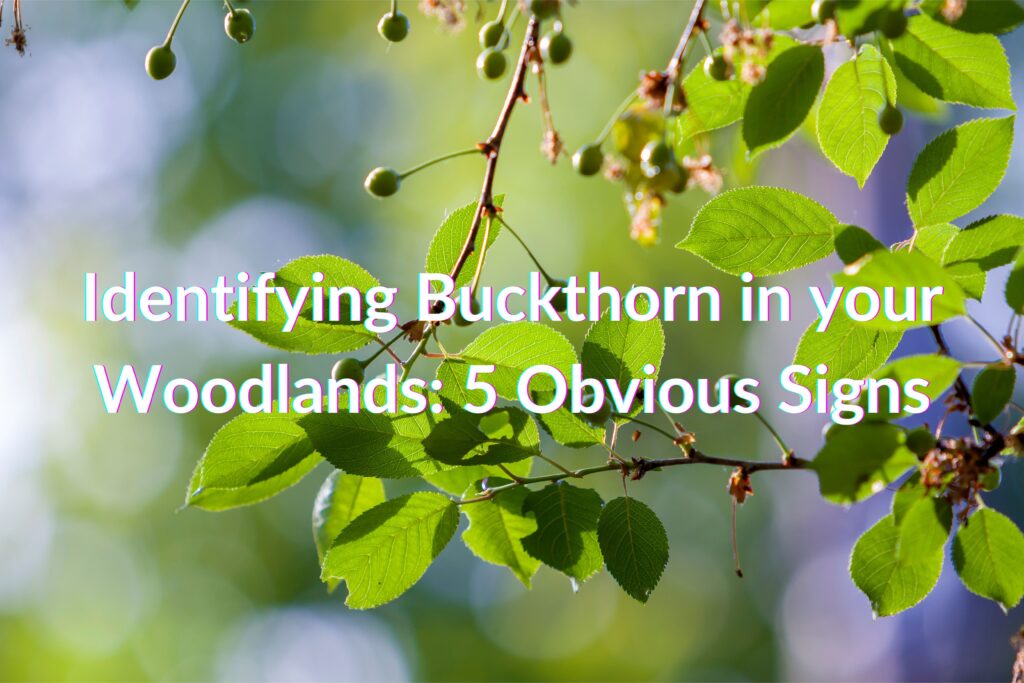Table of Contents
Invasive species like buckthorn pose a significant threat to woodland ecosystems by outcompeting native plants and disrupting natural habitats. Buckthorn, which includes species such as common buckthorn and glossy buckthorn, is particularly problematic due to its aggressive growth and hardiness. Early identification and removal are crucial to maintaining the health and diversity of your woodlands. Here are five obvious signs to help you identify buckthorn in your woodlands. If you’d like to explore more about buckthorn removal, read our blog 7 Ways to Effectively Remove Buckthorn.
1) Leaf Characteristics
- Shape: Buckthorn leaves are typically oval-shaped with a pointed tip. This distinct shape makes them relatively easy to spot among the more varied shapes of native plant leaves. Leaves are often 1-2 inches long and approximately 1 inch wide. The uniformity in shape and size is a noticeable characteristic of buckthorn leaves.
- Edges: The leaf edges are slightly serrated, giving a fine-toothed appearance. Unlike the more deeply serrated leaves of some native plants, buckthorn’s serrations are subtle and even. These fine serrations can be best seen by closely inspecting the leaf margins. The teeth are small and evenly spaced, giving the leaf a delicate texture.
- Veins: Prominent veins curve towards the leaf edges, creating a distinctive pattern. This vein pattern is different from the straight or branching patterns seen in many native species. The veins are usually more pronounced on the underside of the leaf, making them easier to spot. The lateral veins curve towards the tip of the leaf, a key identifying feature.
- Color: Leaves are dark green and often retain their color longer into the fall than native species. This extended green period can help buckthorn outcompete other plants by continuing to photosynthesize when other plants are going dormant. In the fall, leaves may turn yellow but stay attached to the branches longer than those of other trees and shrubs. The glossy appearance of the leaves can also help in identifying buckthorn.
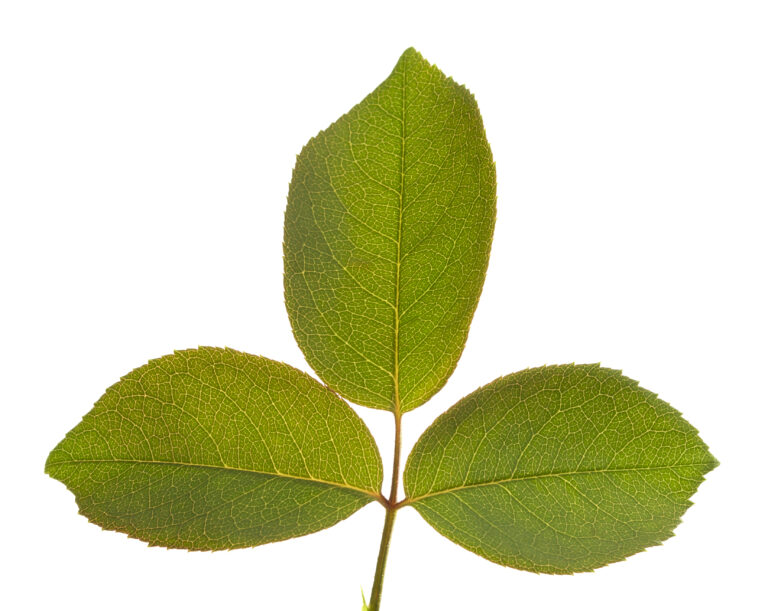
2) Bark and Stems
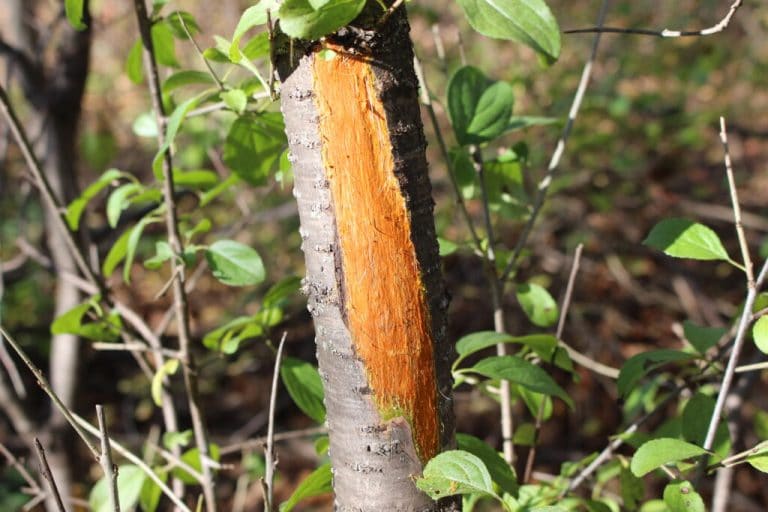
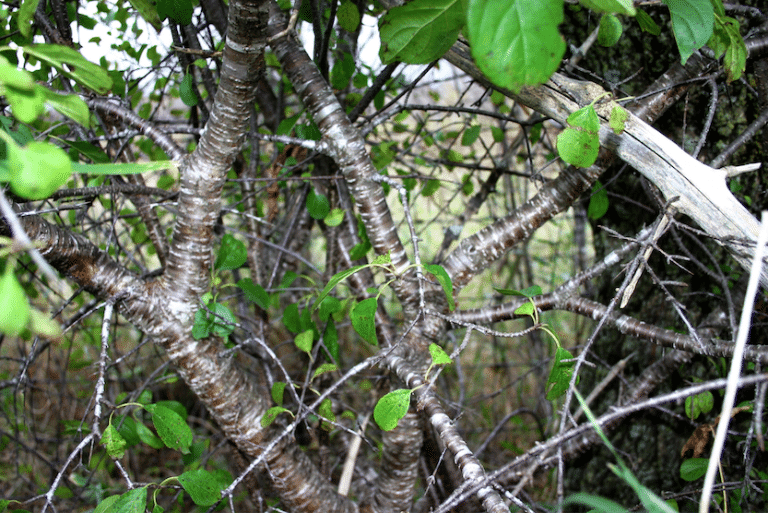
- Bark Texture: The bark is dark gray or brown with a rough, flaky texture. Older buckthorn plants often develop vertical ridges or fissures in their bark, adding to the rough appearance. In younger plants, the bark may be smoother but still dark in color, making it distinctive from the bark of many native trees and shrubs. The bark can sometimes have a slight sheen, especially when wet.
- Inner Bark: When cut, the inner bark reveals an orange-yellow hue. This color is quite distinct and can be seen when small branches are broken or cut, making it a useful identifying feature. This orange-yellow inner bark can be a key diagnostic feature, especially in winter when leaves are not present. It can be particularly useful for identifying buckthorn during the dormant season. The contrast between the dark outer bark and the bright inner bark is striking.
- Thorns: Some species, like the common buckthorn, have small, sharp thorns at the tips of their branches. These thorns can be especially noticeable on younger plants and can make handling the plant difficult without gloves. The thorns are typically single and sharp, unlike the multiple thorns seen in some other invasive species. These thorns can pose a risk to people and animals navigating through infested areas. The presence of thorns is a distinguishing feature of common buckthorn, whereas glossy buckthorn lacks thorns.
3) Berries
- Color: Buckthorn berries are small, round, and typically black when ripe. Unripe berries can appear green, then transition to red before reaching their final black color. Each berry contains 3-4 seeds, which are responsible for the plant’s prolific spread. The berries are about 1/4 inch in diameter and have a shiny surface.
- Clusters: Berries grow in clusters along the stems. This clustering can be dense, and a single plant can produce a large number of berries, contributing to its ability to spread. The clusters often grow near the leaf axils or in tight bunches along the branches. In late summer and fall, these clusters of dark berries are quite noticeable. Each cluster can contain several dozen berries, making them easy to spot.
- Toxicity: The berries are mildly toxic to humans and can cause digestive issues if consumed. Birds often eat the berries and disperse the seeds, which contributes to the spread of buckthorn. Despite their toxicity to humans, the berries’ laxative effect on birds helps in the widespread distribution of the seeds. This adaptation has enabled buckthorn to spread rapidly in new environments. The berries are an important food source for birds in late summer and fall, but their consumption leads to further spread of the invasive plant.
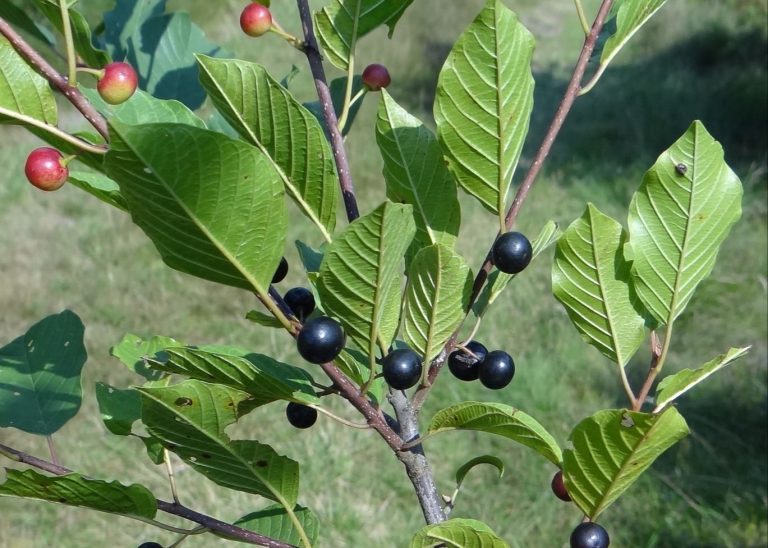
4) Growth Habit
- Height: Buckthorn can grow as a shrub or a small tree, reaching heights of up to 20-25 feet. This variable growth habit allows it to occupy both the understory and canopy layers in woodlands. It can adapt to various light conditions, from full sun to deep shade, making it highly versatile and invasive. The ability to thrive in different light conditions allows buckthorn to outcompete many native species.
- Spread: It tends to form dense thickets, crowding out native plants and reducing biodiversity. The dense growth habit makes it difficult for other plants to establish and grow. This ability to form impenetrable thickets can significantly alter the structure of woodland habitats, creating monocultures that are detrimental to native flora and fauna. The dense thickets can also impede the movement of animals and humans.
- Regrowth: Buckthorn is resilient and can resprout vigorously after being cut down. Even when cut to the ground, buckthorn can regrow quickly from its root system, making management challenging. This aggressive resprouting ability requires repeated efforts to fully eradicate established plants. Effective management often involves a combination of mechanical removal, chemical treatments, and ongoing monitoring to prevent reestablishment. The root system is extensive and can support rapid regrowth.
5) Seasonal Indicators
- Leaf Retention: Buckthorn leaves stay green and attached to the plant longer than those of native trees and shrubs, often persisting into late fall. This extended leaf retention can give buckthorn a competitive edge in capturing sunlight. In winter, the retained leaves can make buckthorn stands more noticeable compared to leafless native shrubs. This characteristic is particularly useful for identifying buckthorn during the late fall and early winter months when other plants have already shed their leaves. The green leaves in late fall are a key indicator.
- Flowering: Small, inconspicuous yellow-green flowers bloom in spring, which later develop into berries. The flowers are not showy but can be seen up close, especially in early spring when many native plants have not yet flowered. These flowers often appear in clusters at the base of the leaf stems and are typically less than a quarter inch in diameter. Observing these flowers can help in the identification of buckthorn during the growing season. The flowers have four petals and are about 1/8 inch across.
Conclusion
Recognizing these signs will help you to identify and manage buckthorn effectively. By removing buckthorn promptly, you can help to restore the balance of your woodland ecosystem, promoting the growth of native plants and the wildlife that depend on them. Proper identification and management of invasive species like buckthorn are vital steps toward preserving the health and biodiversity of your woodlands for future generations. Effective buckthorn management often involves a combination of mechanical removal, chemical treatments, and ongoing monitoring to ensure that this invasive species does not reestablish itself. Consistent efforts in identifying and controlling buckthorn can lead to significant improvements in the health and resilience of woodland areas. Early detection and persistent efforts in controlling buckthorn infestations are crucial for the long-term health and sustainability of woodland ecosystems. For more detailed information and tailored advice, visit our page on buckthorn removal. For support on your next buckthorn removal project, please feel free to reach out through our contact form, and our team will be happy to help.



